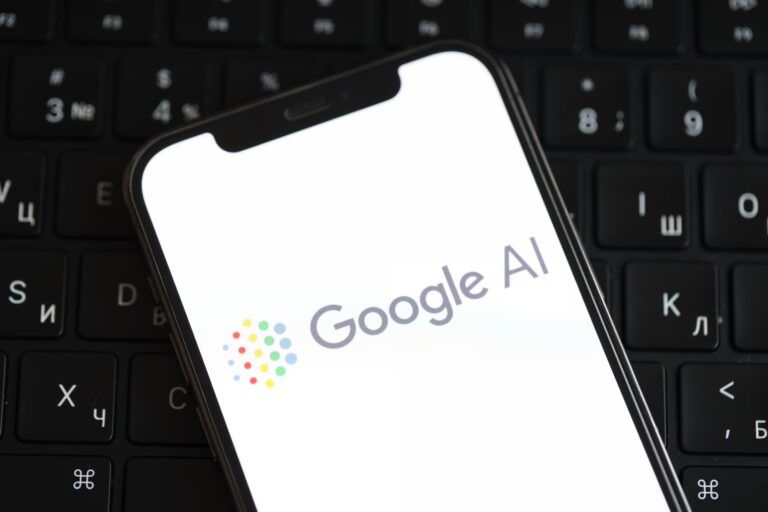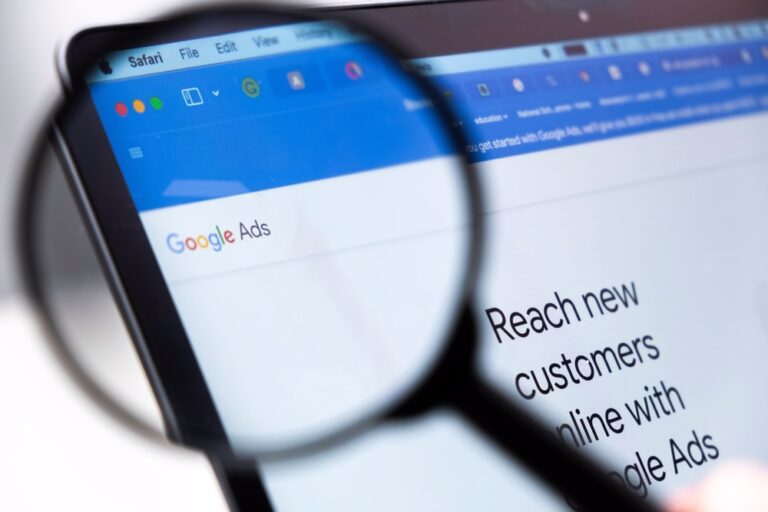As you’re most likely very aware, digital marketing evolves rapidly and leaves businesses who don’t adapt behind.
So what do you need to keep an eye on or possibly invest in ahead of or during 2020? We’ve summarised some of the key trends from the industry to keep you in the loop on what you should look out for – and consider utilising in your own marketing strategy and campaigns.
Conversational marketing
With the rise of smart speakers and virtual assistants, we will see more changes in how our searches are processed and how brands can interact with potential customers.
Essentially, it means there will be more human-like interactions between customers and businesses. Whether this is through virtual assistance that mimics the impression a human is on the other end, or more simpler versions.
It all depends on your industry and product/service offering on how this may impact you.
Convince and Convert found 39% of consumers said online chat provide a good customer experience, versus just 16% for chatbots.
Will your target audience make a purchase via a smart speaker? Will they look for information relevant to your business via a smart speaker or virtual assistant?
PwC found that 61% of people aged 25-64 who use a voice device intend to use it more in the future.
New technologies
Marketing technology, or Martech, gives businesses and marketers alike a huge array of choice.
Whether this is related to your business’ data, analytics, digital media, social media management, email campaigns, marketing automation or otherwise – it’s likely you’re already using some software and looking to use more.
There are around 7,040 solutions for your marketing problems. How are you ever meant to decide? Well you need to find the perfect martech stack for your business, and utilise it well.

And then you have to think about the new technologies which will see growth in the consumer space.
5G technology will change how consumers access the internet and how they engage with content.
Connected devices such as TVs (and maybe fridges?) will become more commonplace, which will allow brands to connect with an audience in more places.
New social avenues
A more difficult trend to predict, but there’s always new platforms with social aspects on the rise.
One big example is how TikTok exploded onto the market. Largely a video sharing platform, it benefits from how simple it makes it for users to create videos and share them.
The discovery of video content also makes it unique – users find videos by swiping and everyone has exposure in some capacity, depending on engagement.
TikTok was the third most downloaded app in 2019 Q1 – with 188 million new users. This is 70% up from the same period in 2018.
Despite the fall of Vine and the controversies that have surrounded YouTube in recent years, TikTok is set to grow. So more brands will be making the most of this channel.
And who knows what other platforms we will see adapt to compete, or spring out of nowhere in the 2020s?
Micro and nano influencers
Influencers have been a powerful tool for many brands and marketers, but more brands are turning to micro or nano influencers in order to help find an audience.
While traditionally brands would go after influencers with a huge following, these can often feel forced and impersonal for a consumer. The brand in question may get huge exposure, but if the followers of the influencers aren’t particularly invested or connected with the influencer, it’s less likely it will turn to sales or interest in what you have to offer.
With smaller influencers, their following is usually around a specific niche with a more close-knit community of followers. This means that if your brand is related, or your product or service would be useful for the influencer and their followers, you are more likely to find a more engaged and captive audience that are more likely to want to find out more about what you have to offer.
Adweek found that micro-influencers (classified as those with around 30,000 followers) had a 60% higher engagement rate and offers a 6.7x more cost-effective solution that influencers with a larger following.
Social stories
Stories have become almost as important as posts on social media feeds.
For the uninitiated, Stories are the time-limited posts that usually appear within a circle at the top of the feed. These are snapshots from people and accounts you follow. There’s no engagement here – it’s simply based on views.
People browsing social media flick through these stories, and are likely to stop and pause if you can capture their imagination.
Snapchat started the story trend, with Instagram and Facebook hot on their tails (with a shameless copy). YouTube now also offers a story format under Reels, and TikTok is a sort of “story” driven platform.
So why would brands choose to use stories over posts on the main feed?
- Reach a different audience
- Reach a younger demographic
- More real estate – stories are usually full-screen on mobile
- A different avenue to gain traffic
- Extra engagement through polls etc
15% to 25% of people swipe up on links in branded Stories, and 1/4 of millennials and gen-z-ers look for Stories of products/services they want to purchase.
At the end of the day, you can focus on feed posts and stories. It simply gives you another way to capture the attention of your audience.
Personalisation
Personalisation is huge. Very few people will convert on your site, but if you can personalise the content on your site, then they are more likely to convert.
The same goes for marketing activity. If your ads or emails are personalised to individuals, then they are more likely to convert.
Think about what products potential customers see on your site. Why not display the products they are most interested in?
And when it comes to people off of your site – why not display the products they have previously shown interest in there? They may be browsing Facebook and stumble across something they forgot they really wanted.
Epsilon found that 80% of consumers would be more likely to do business with a brand that provides a personalised experience.
AI for Digital Marketing and PPC
PPC has gotten more complex and more difficult to manage. This is largely down to the more complex algorithms and automations that in theory help businesses find customers – but also help you to spend more money to line Google’s pocket (or whichever platform you advertise on).
With the introduction of artificial intelligence in PPC advertising, it means it can stay on top of repetitive tasks and allows those managing the campaigns to focus on strategy.
AI in PPC makes use of machine learning to help businesses identify terms and bids which drive the most relevant traffic that leads to business.
AI can also use past data to inform campaigns and predict which users or which segments of traffic are most likely to convert.
AI can also predict how ads will perform, whether that is the click-through rates or the quality scores.
But AI is not just limited to PPC – it has many different functions.
One way is through chatbots. One key example is how Mastercard set up a chatbot to help deal with customer queries.

Mastercard KAI is powered by KAI Banking’s deep knowledge in financial services and conversational AI. It can fulfill customer requests and solve problems, enabling financial institutions to create entirely new consumer experiences – ones that are as easy and natural as texting a friend. Starting early next year, consumers based in the United States can ask the bot questions about their accounts, review purchase history, monitor spending levels, learn about Mastercard cardholder benefits, receive contextual offers through integration with Mastercard Priceless experiences, and get help with financial literacy.
https://newsroom.mastercard.com/press-releases/mastercard-makes-commerce-more-conversational-with-launch-of-chatbots-for-banks-and-merchants/
Automation is key
Certain tools used to be expensive and so only the big brands could make use of them, which left little room for smaller brands to compete.

But now, marketing automation is affordable and simple for even small businesses to run and make the most out of.
Gartner found that by 2020, 85% of consumers will be managing their customer relationship with a brand without needing to speak to another human being.
In terms of what you get with marketing automation, the analytics and reporting (52%), campaign management (46%) and lead nurturing (46%) elements are considered the most useful features.
Whether the automation you make use of is on the PPC front, the email front, or otherwise, marketing automation is a must if you want to compete.
Other brands will be creating opportunities using automated marketing activity, so you need to keep up and stay ahead. Automating your marketing allows you to focus on other areas of your business.












